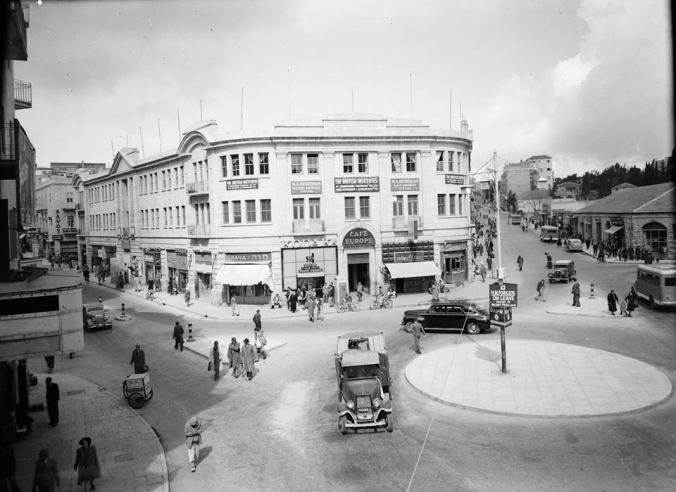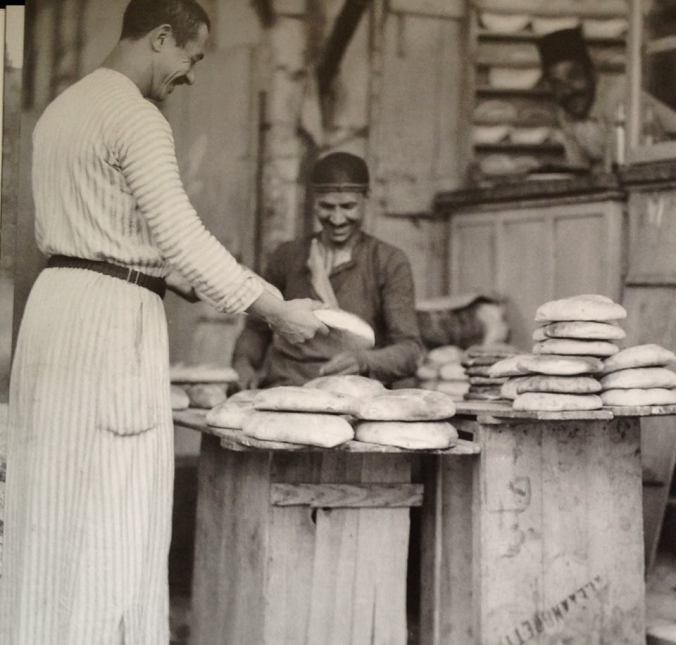
The wooden ceiling of the Jerusalem Chamber. Photo: Leigh Mullins, courtesy of the Dean of Westminster, the Very Reverend Dr John Hall.
Not many people have the opportunity to visit the Jerusalem Chamber in Westminster Abbey. It’s usually off-limits to the public.
Palestine Exploration Fund (PEF) librarian Adam John Fraser was lucky enough to be allowed to see inside, and you can read about it in his blog post. The post also includes images of the room’s tapestries and architectural detailing, and a video on the PEF’s links with the Chamber. The PEF held its first meeting in the Chamber, in May 1865. If you’re a mathematical sort, you’ll notice this means the PEF is currently celebrating its 150th birthday.
The Jerusalem Chamber is part of the former Abbot’s house at Westminster, and was added in the fourteenth century. The origin of its name is unknown, but there are a number of rooms at the Abbey named after locations in the Holy Land, including Jericho and Samaria. In the medieval Palace of Westminster, the biblically-inspired room names became even more vivid, with rooms called ‘Heaven’, ‘Hell’ and ‘Purgatory’ (some might say that the moral character of Westminster’s current political inhabitants means that the latter two names remain appropriate – ho ho, etc).
The room is most well-known as the location of the death of King Henry IV, later dramatised in Shakespeare’s play, Henry IV Part II (Act IV, Scene 5). As the King was preparing to go to the Holy Land, he fell ill, and was brought to the Chamber in the Abbot’s house to recover. When he came to, he asked where he was and was told Jerusalem. It was reportedly at this point that Henry IV realised he was going to die, because of a prophecy that he would die in Jerusalem.
A number of kings sought to die at Jerusalem, or at least, some version of it. This meant, as our network member Anthony Bale puts it in a post about the Jerusalem Chamber on his blog, Remembered Places, that: ‘to die well is to die at Jerusalem. But not, necessarily, the actual Jerusalem, but the Jerusalem of the heart, and of the mind.’



